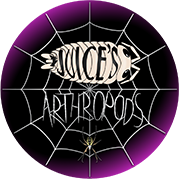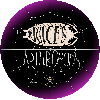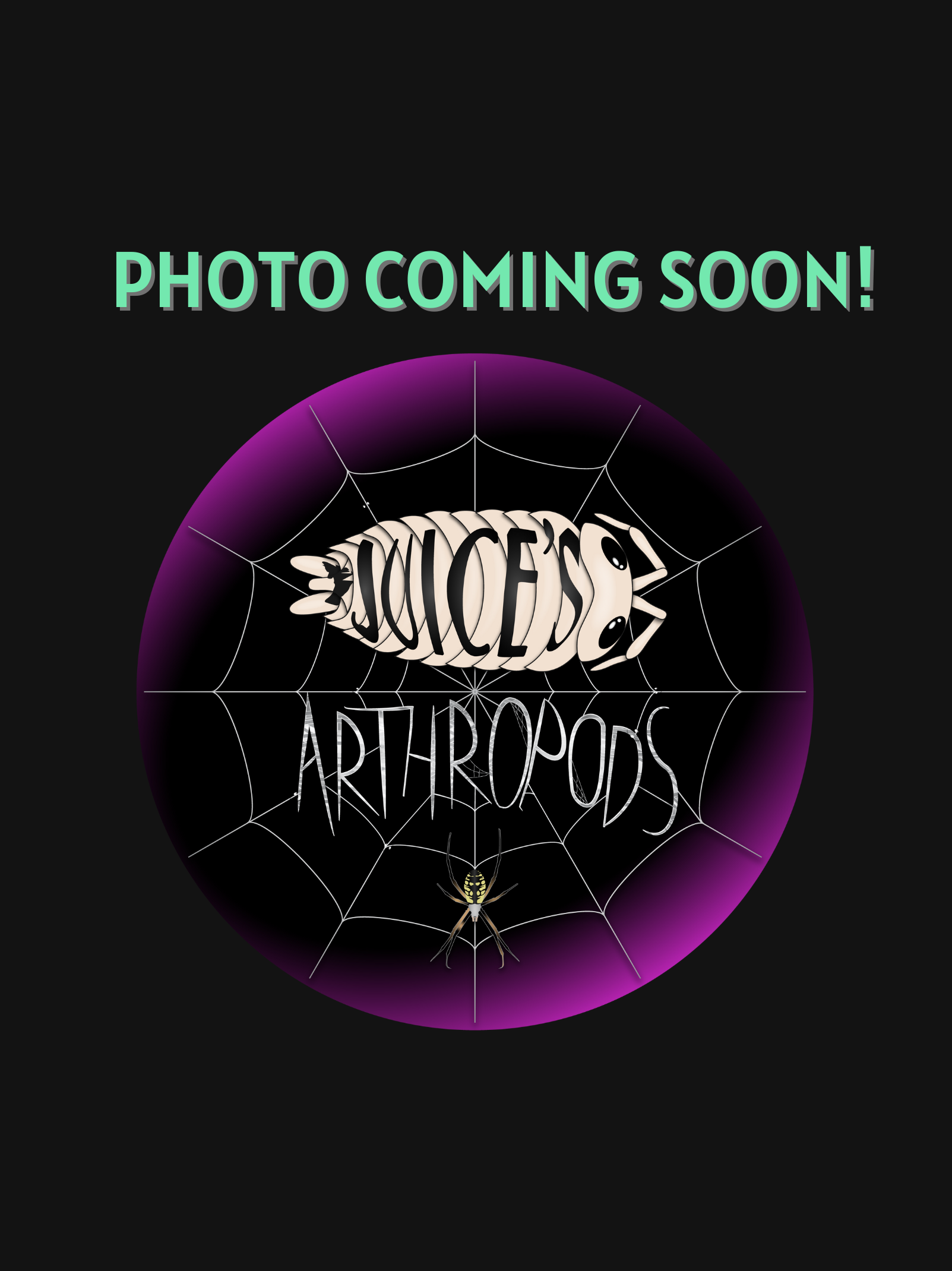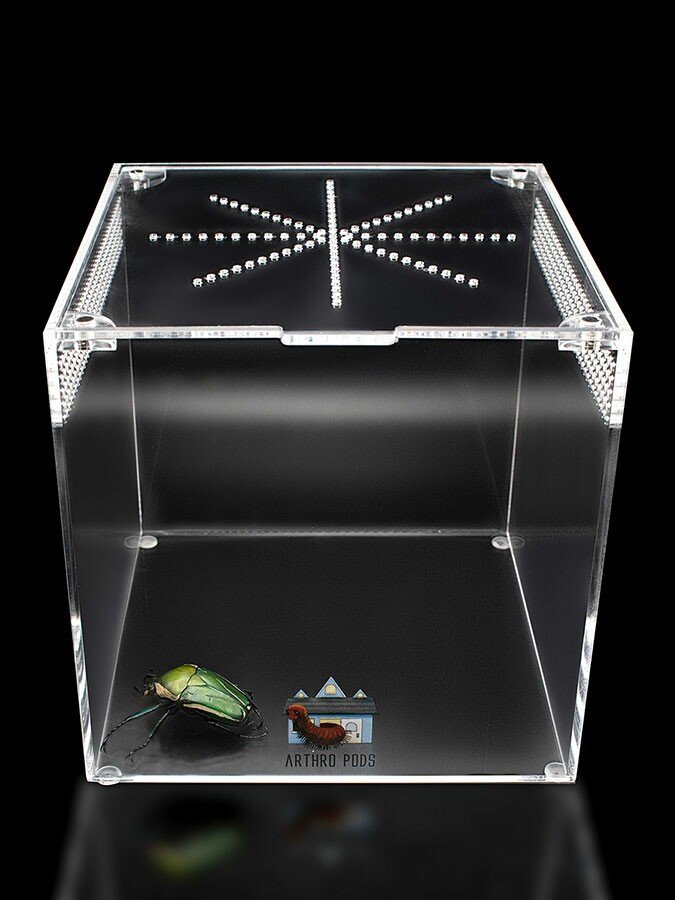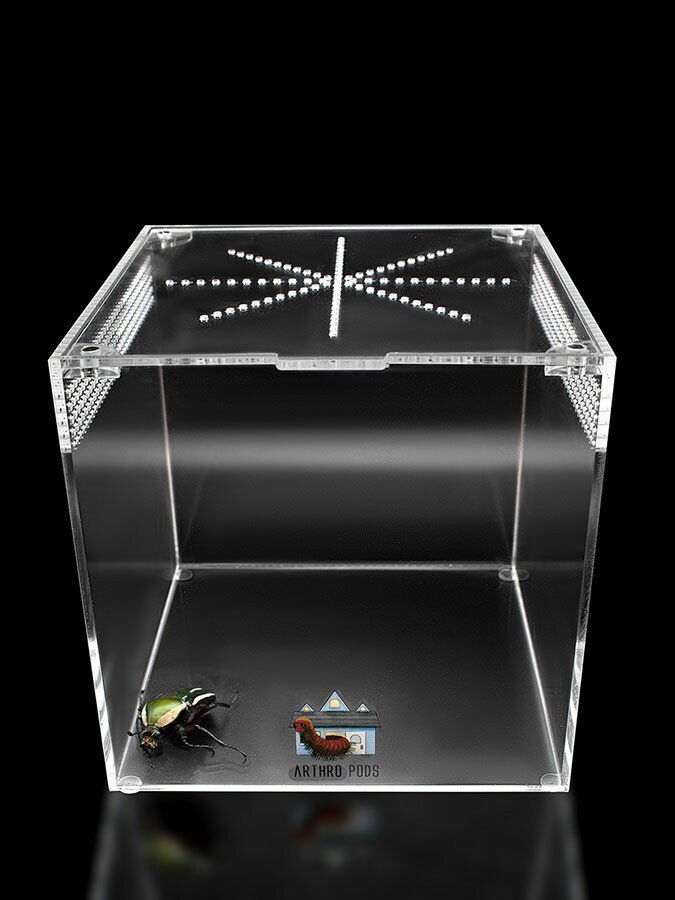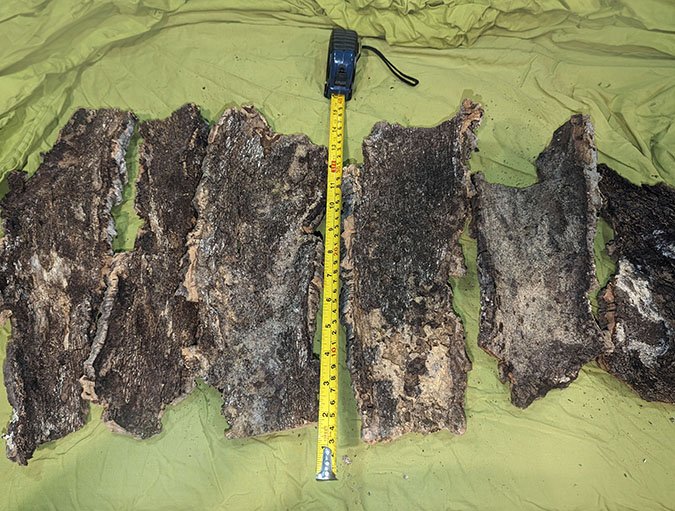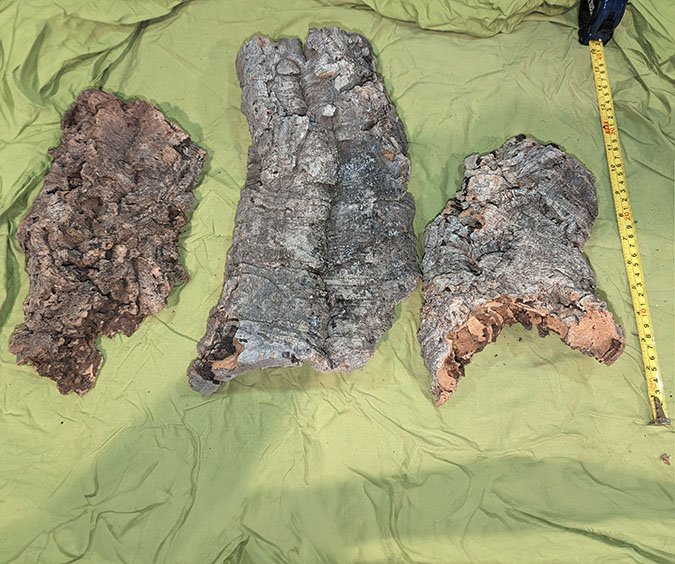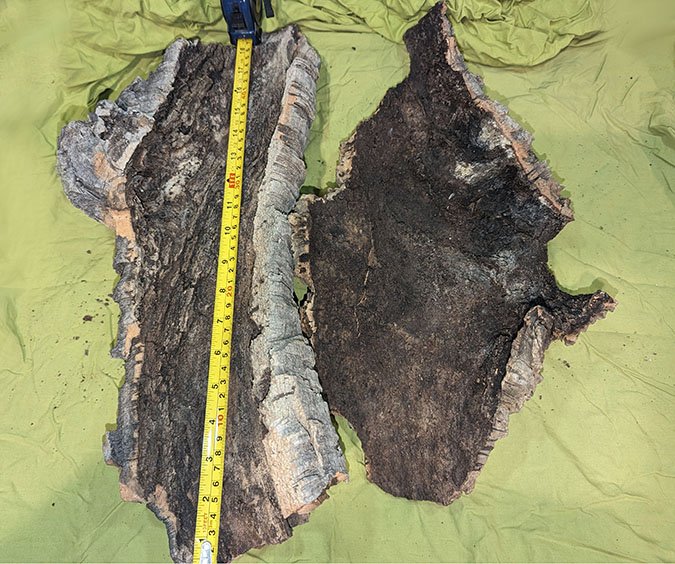Ceratogyrus brachycephalus 'Wild Form'
Ceratogyrus brachycephalus ‘Wild Form’, commonly known as the Greater Horned Baboon Tarantula, is an eye-catching fossorial Old World species native to southern Africa, particularly in regions such as Zimbabwe, Botswana, and South Africa. It is one of the most iconic members of the Ceratogyrus genus, famed for the prominent “horn” or foveal protuberance that rises from the top of its carapace—a feature that not only adds dramatic flair but is believed to aid in muscle attachment or thermoregulation.
The ‘Wild Form’ refers to naturally occurring color and pattern variations, often presenting as a mosaic of olive, tan, grey, and dark brown tones, with subtle striping on the legs and a pronounced horn, making each individual visually unique. This tarantula’s coloration blends seamlessly into its native arid habitat, aiding in camouflage.
Ceratogyrus brachycephalus is a true burrower, known for digging deep, corkscrew-like tunnels lined with silk. While it typically remains hidden, it may be seen guarding its burrow entrance or launching explosive retreats when disturbed. As an Old World species, it possesses no urticating hairs and instead relies on defensive posturing, speed, and potent venom, making it unsuitable for handling and recommended only for advanced keepers.
Ceratogyrus brachycephalus ‘Wild Form’, commonly known as the Greater Horned Baboon Tarantula, is an eye-catching fossorial Old World species native to southern Africa, particularly in regions such as Zimbabwe, Botswana, and South Africa. It is one of the most iconic members of the Ceratogyrus genus, famed for the prominent “horn” or foveal protuberance that rises from the top of its carapace—a feature that not only adds dramatic flair but is believed to aid in muscle attachment or thermoregulation.
The ‘Wild Form’ refers to naturally occurring color and pattern variations, often presenting as a mosaic of olive, tan, grey, and dark brown tones, with subtle striping on the legs and a pronounced horn, making each individual visually unique. This tarantula’s coloration blends seamlessly into its native arid habitat, aiding in camouflage.
Ceratogyrus brachycephalus is a true burrower, known for digging deep, corkscrew-like tunnels lined with silk. While it typically remains hidden, it may be seen guarding its burrow entrance or launching explosive retreats when disturbed. As an Old World species, it possesses no urticating hairs and instead relies on defensive posturing, speed, and potent venom, making it unsuitable for handling and recommended only for advanced keepers.
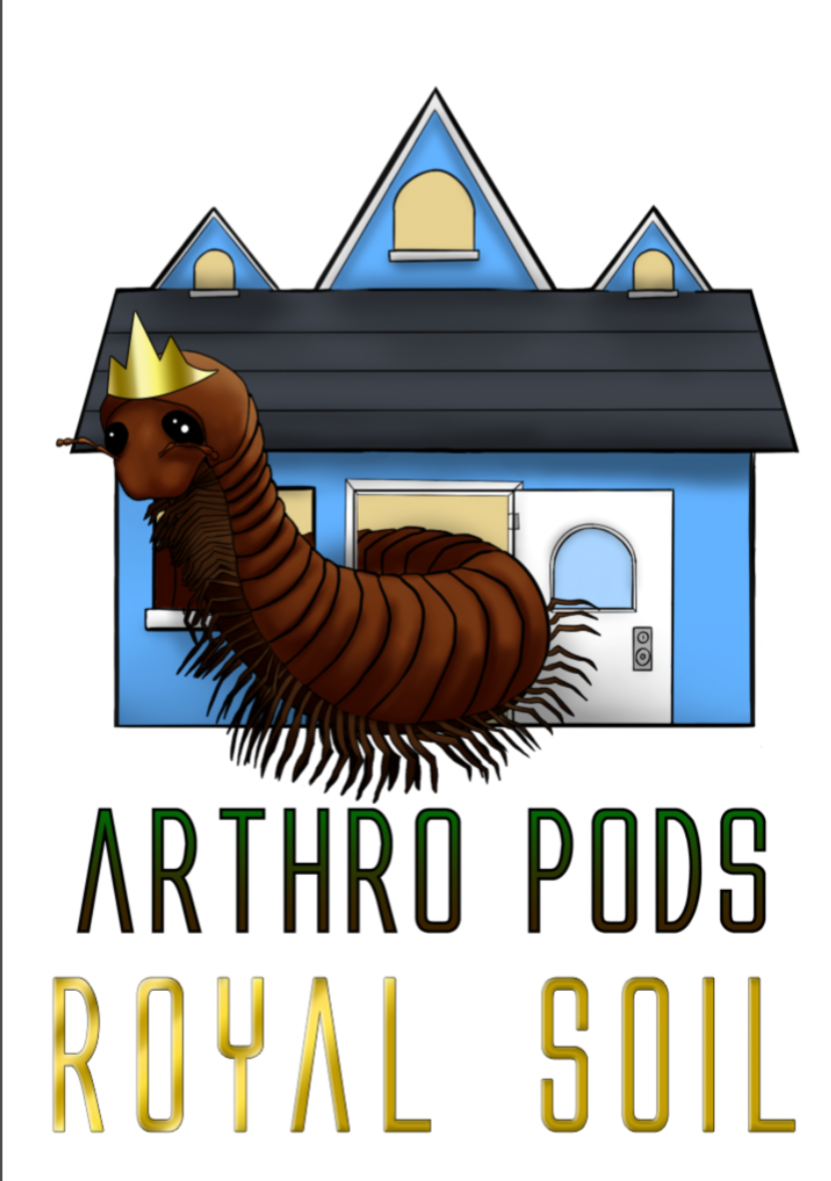

Ceratogyrus brachycephalus ‘Wild Form’, commonly known as the Greater Horned Baboon Tarantula, is an eye-catching fossorial Old World species native to southern Africa, particularly in regions such as Zimbabwe, Botswana, and South Africa. It is one of the most iconic members of the Ceratogyrus genus, famed for the prominent “horn” or foveal protuberance that rises from the top of its carapace—a feature that not only adds dramatic flair but is believed to aid in muscle attachment or thermoregulation.
The ‘Wild Form’ refers to naturally occurring color and pattern variations, often presenting as a mosaic of olive, tan, grey, and dark brown tones, with subtle striping on the legs and a pronounced horn, making each individual visually unique. This tarantula’s coloration blends seamlessly into its native arid habitat, aiding in camouflage.
Ceratogyrus brachycephalus is a true burrower, known for digging deep, corkscrew-like tunnels lined with silk. While it typically remains hidden, it may be seen guarding its burrow entrance or launching explosive retreats when disturbed. As an Old World species, it possesses no urticating hairs and instead relies on defensive posturing, speed, and potent venom, making it unsuitable for handling and recommended only for advanced keepers.
What's the ideal diet for a Greater Horned Baboon Tarantula?
All Tarantulas can eat a variety of feeders. Stick to crickets, dubia roaches, silkworms, horned worms occasionally, and a superworm or mealworm as the occasional treat!
How should I keep a Greater Horned Baboon Tarantula?
You can start with the Fossorial Fissure Small enclosure for this particular creature. When they are about ⅓ the size, you will want to go to the Fossorial Fissure Medium or Fossorial Fissure Large enclosure. Feed them as slings once a week, twice if their opisthosoma (abdomen) looks small, but if the opisthosoma is wider than their prosoma (pneumothorax), then wait a couple of days to feed. For juveniles or adults, stick to feeding once a week, nothing larger than their opisthosoma. Make sure to keep a full water dish at all times; wider and deeper is preferred.
How long could a Greater Horned Baboon Tarantula live?
Females are believed to live upwards of 15+ years, and males not exceeding around 5 years of age. All estimates are based on multiple sources.
